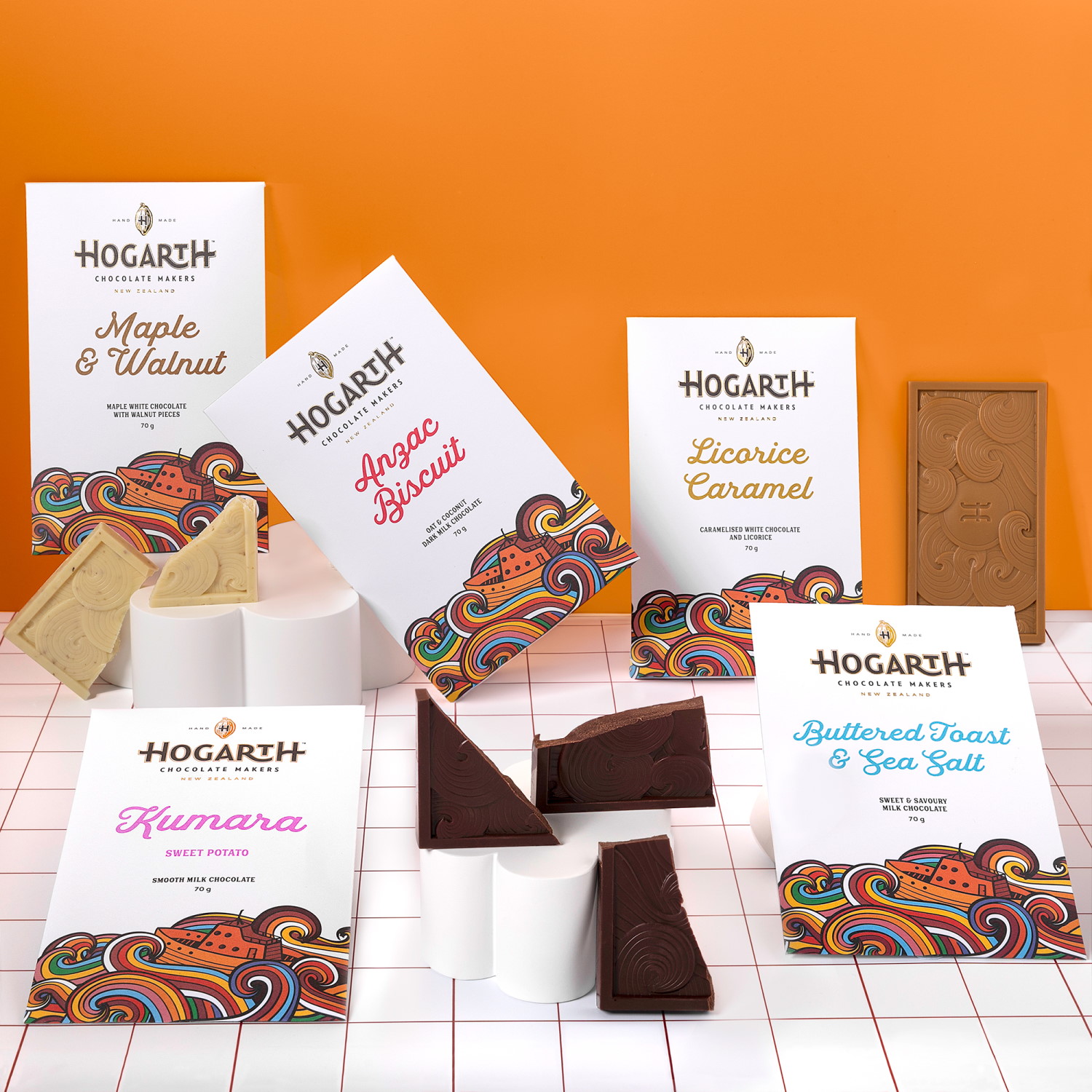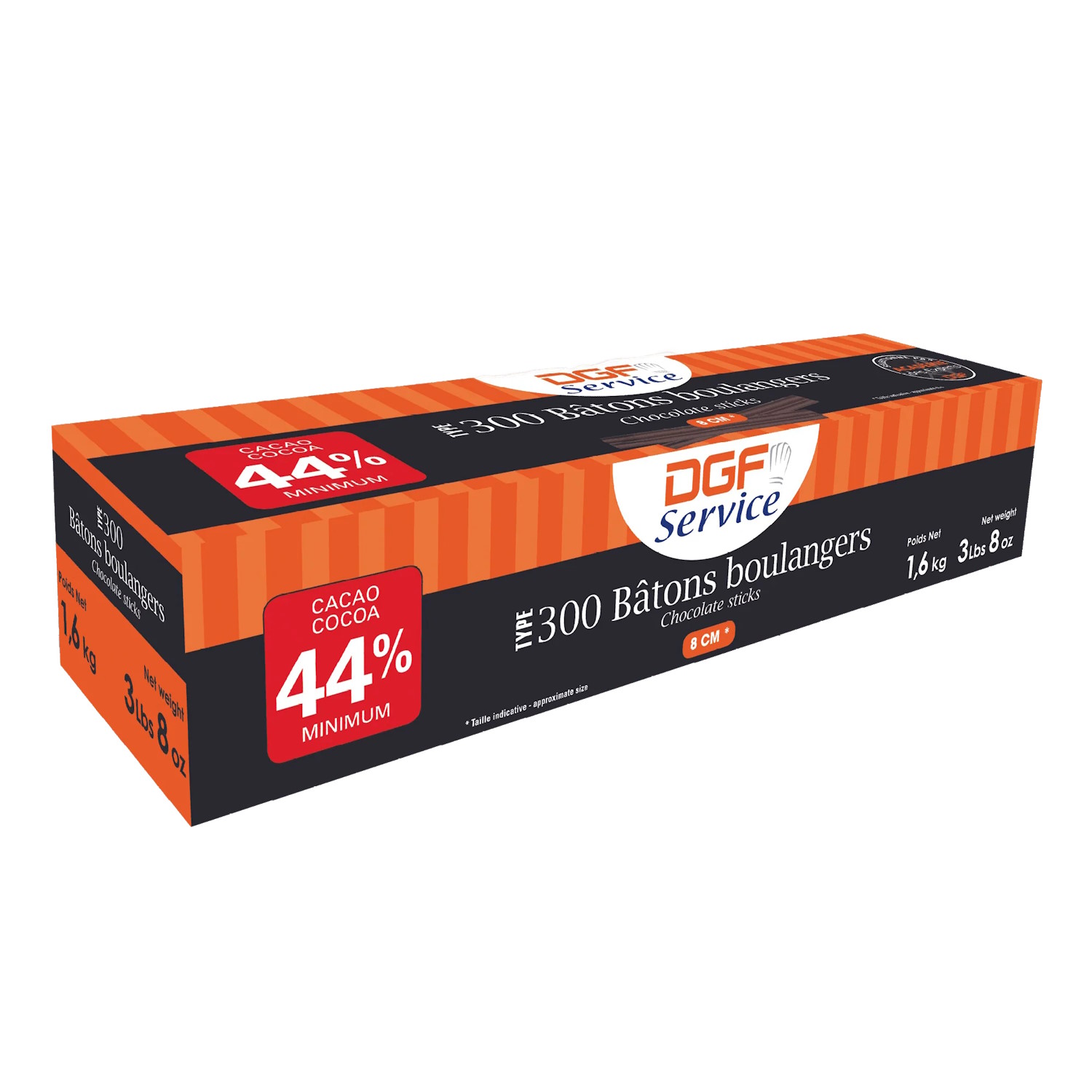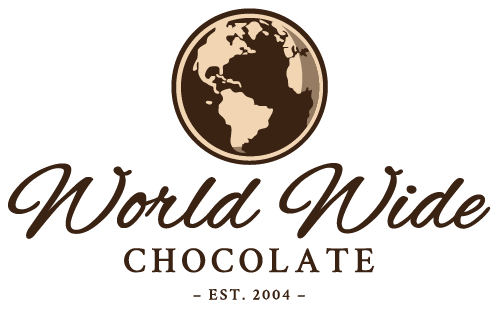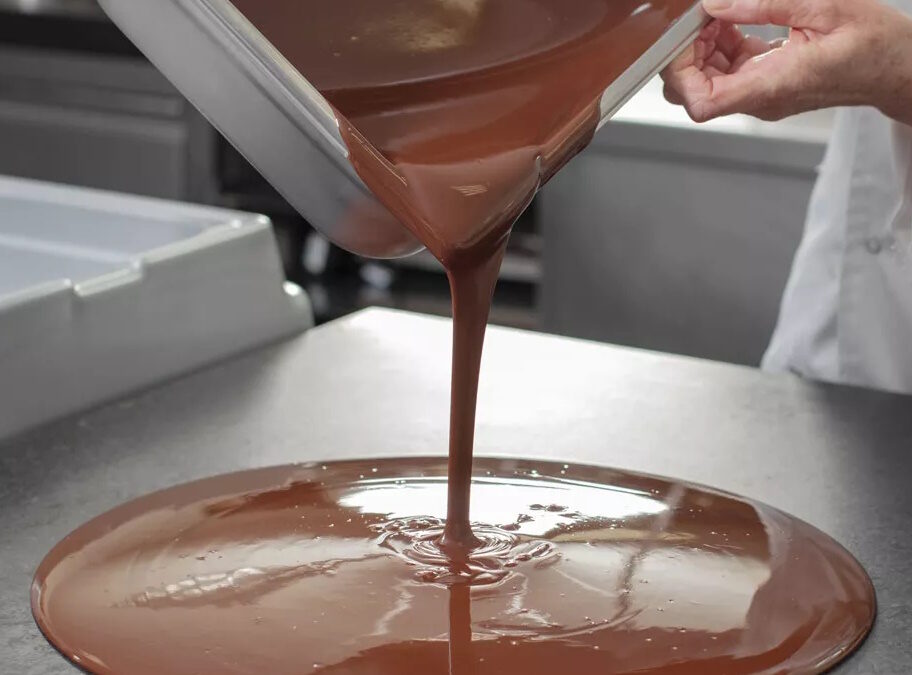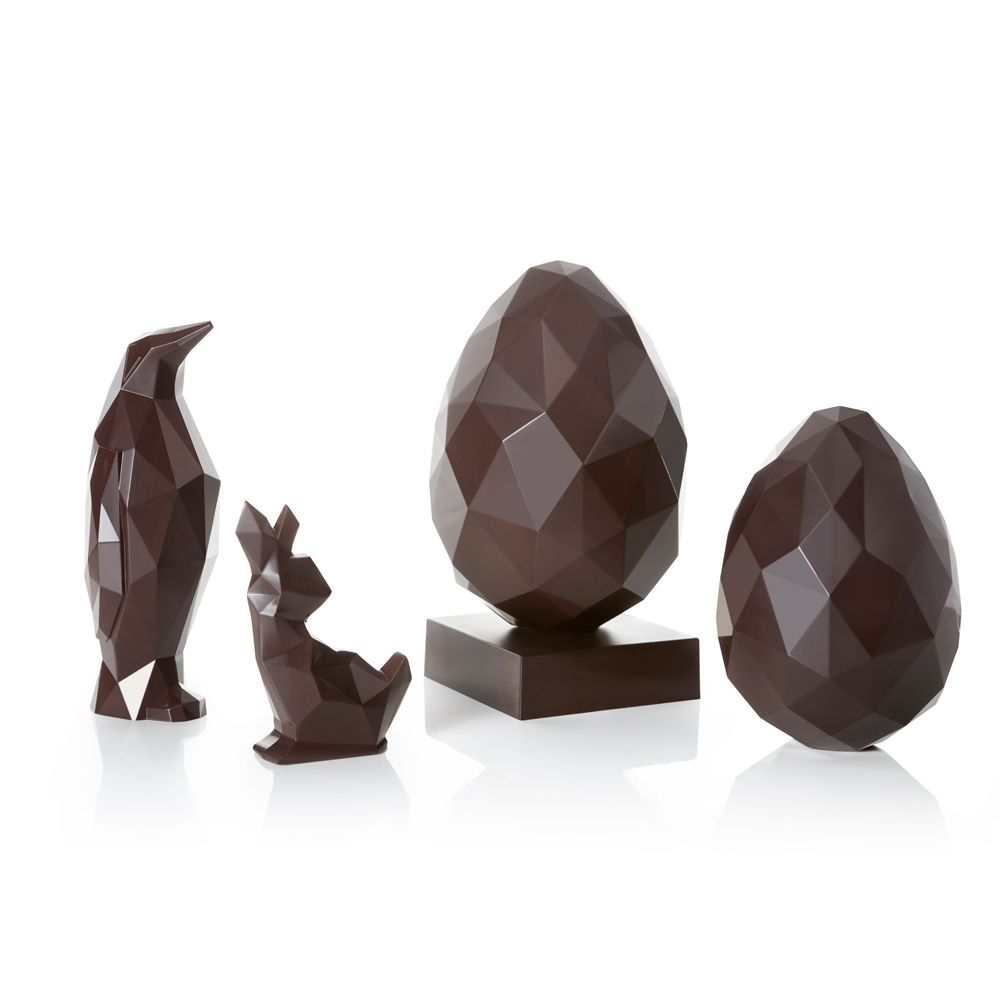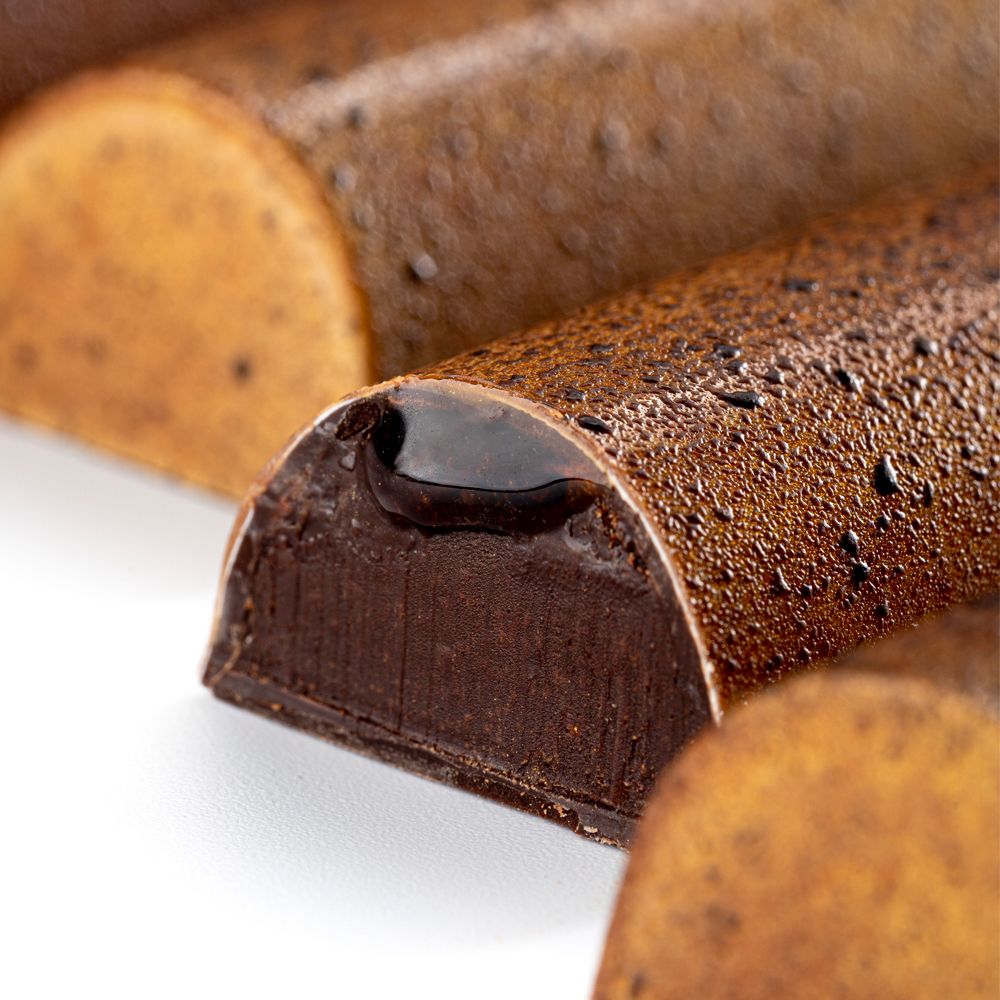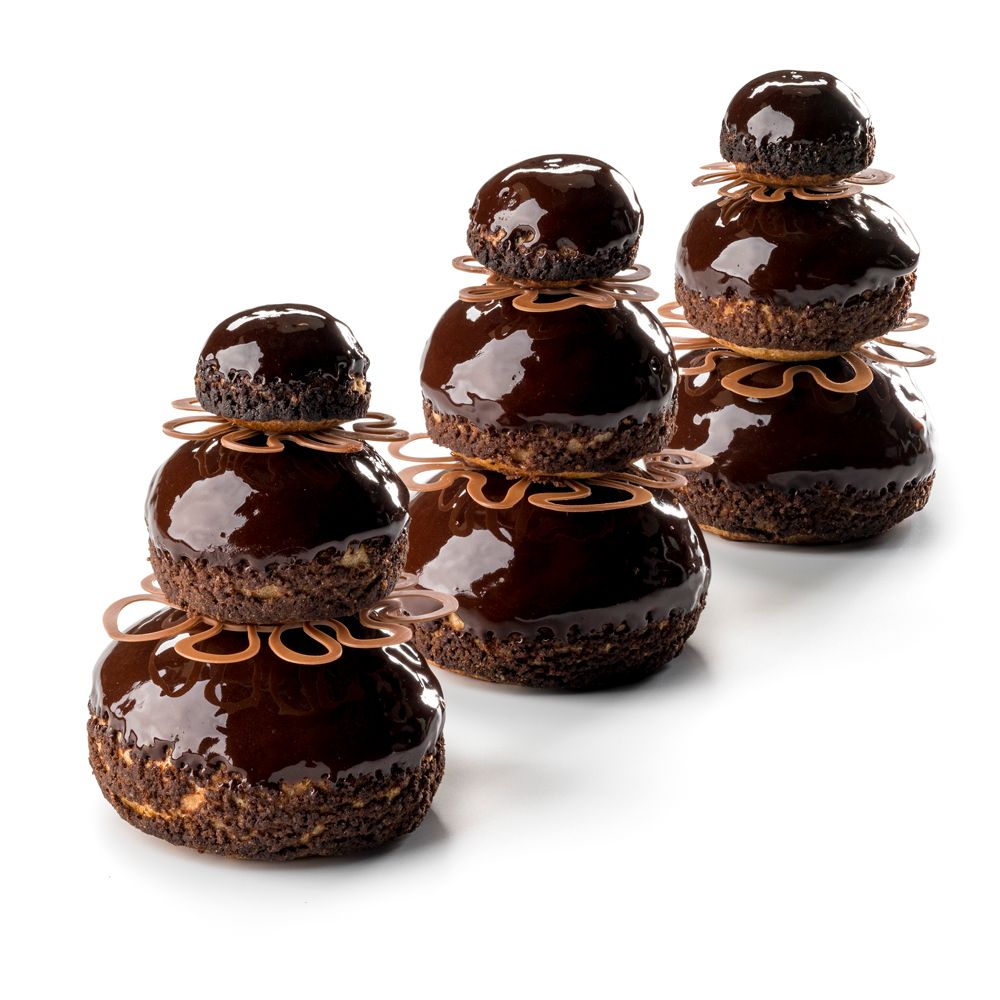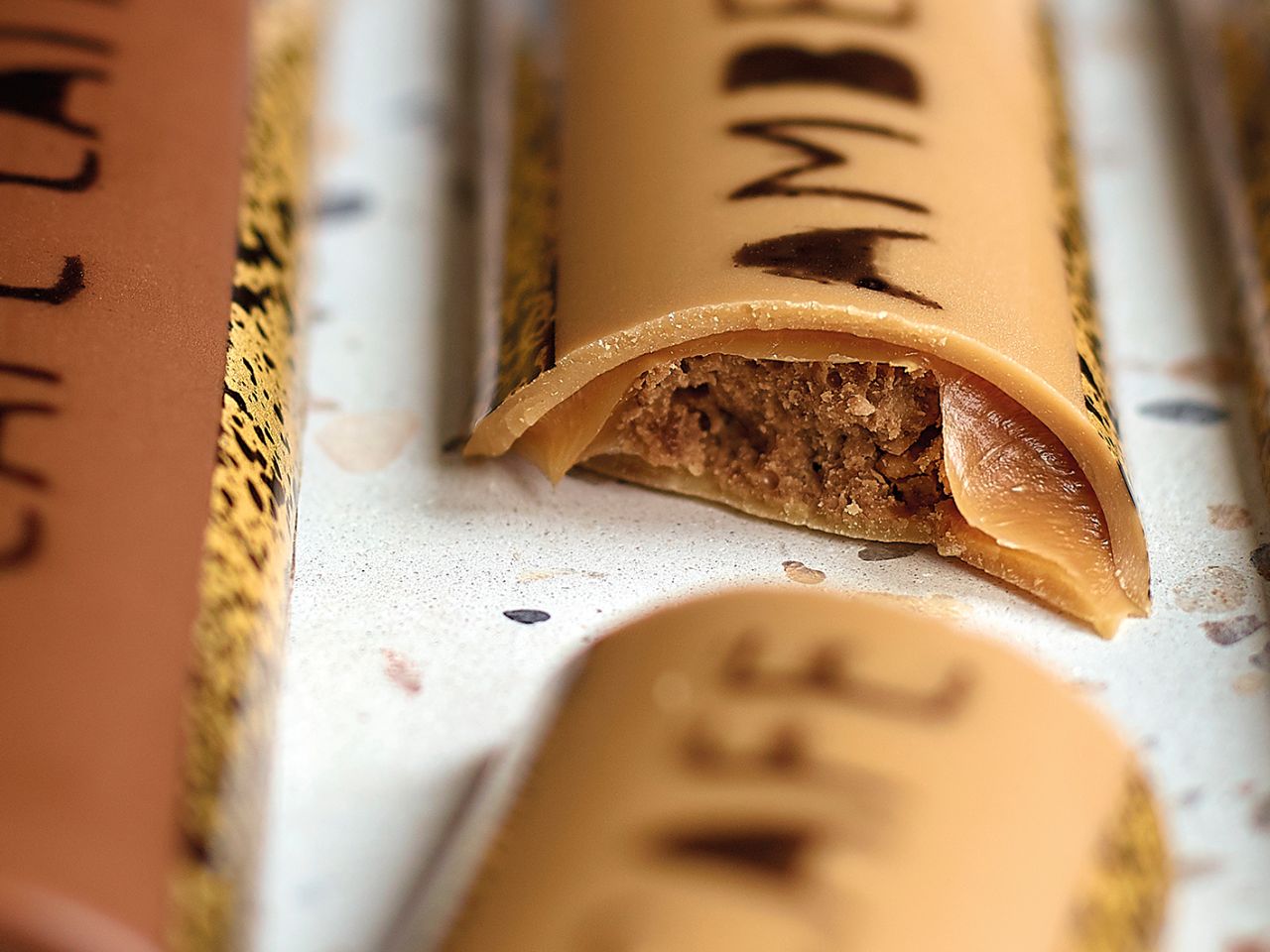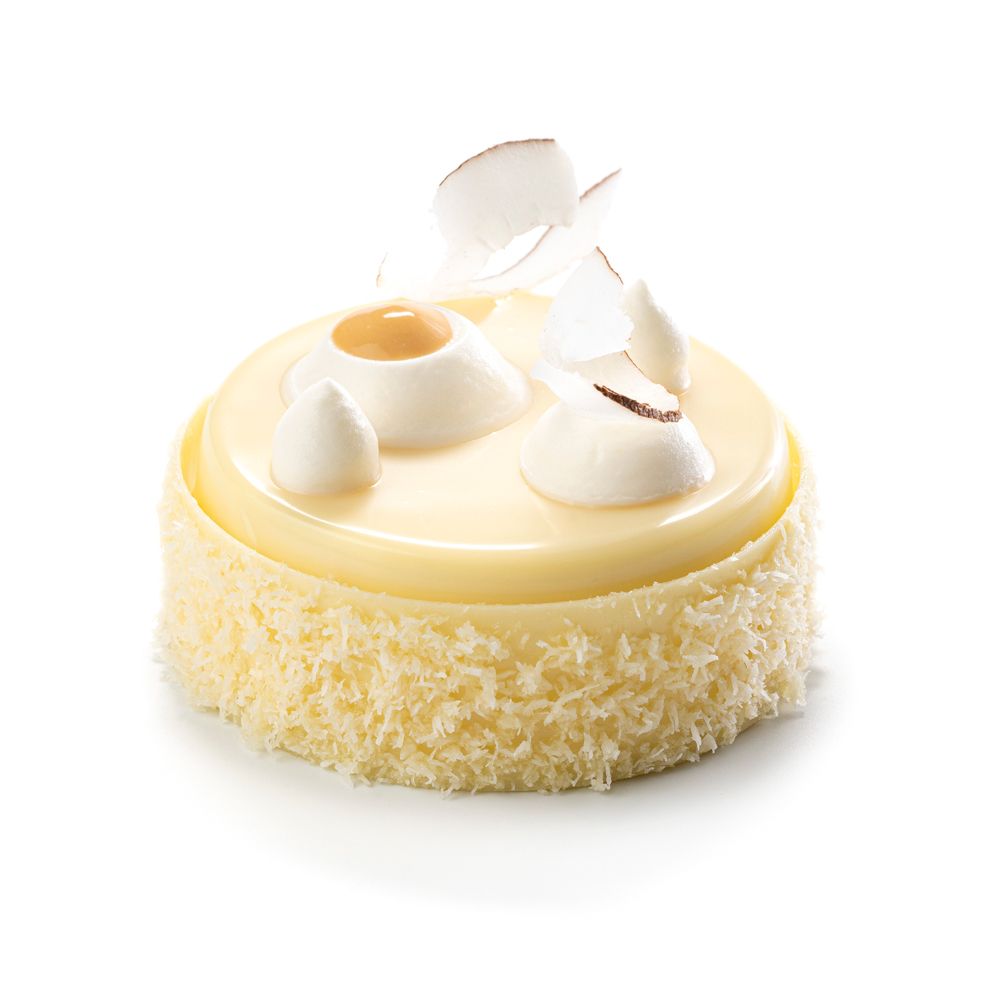Master the Art of Chocolate Tempering
How to Temper Chocolate Like a Pro

Step-by-Step Guide to Tempering Chocolate
Melting the Chocolate
Cooling the Chocolate
Cool the melted chocolate to about 82°F (28°C) by adding small amounts of unmelted chocolate and stirring continuously. This encourages the formation of stable beta crystals and is referred to as “seeding” the chocolate.
Reheating the Chocolate
Gently reheat the chocolate to a working temperature of 88°F to 90°F (31°C to 32°C) for dark chocolate, or slightly lower for milk and white chocolate (see graph below). Maintain this temperature while setting your chocolate in molds for optimal results and to acheive the Beta V cocoa butter crystallization.
The Role of Cocoa Butter in Tempering
Cocoa butter is the key ingredient that determines the texture and shine of tempered chocolate. Understanding its properties is essential for successful tempering. Couverture chocolate, known for its high cocoa butter content, is the ideal chocolate type to use for tempering.
Cocoa Butter Composition
Beta Crystals
Beta crystals form when chocolate is cooled and then gently reheated. These crystals ensure the chocolate sets with a smooth, glossy finish and a satisfying snap. Beta Crystals are scaled from levels I-VI, with Beta V being the optimal form in tempering.
Tempering Graph
A tempering graph helps visualize the temperature changes required to form beta crystals. It is a valuable tool for achieving consistent results, and you can view a tempering graph via the link below.
Tempering Chocolate: Key Statistics
Understanding the temperature changes during the tempering process is crucial for achieving the perfect chocolate texture and shine. View our Tempering Graph here as an optimal point of reference.
The Role of Beta Crystals in Chocolate Tempering
Beta crystals are the key to achieving the perfect snap and glossy finish in tempered chocolate. These stable crystals form when chocolate is cooled and reheated to specific temperatures. Without the formation of beta crystals, chocolate can become dull and crumbly. Proper tempering ensures that these crystals form correctly, resulting in chocolate that is both visually appealing and structurally sound, as seen depicted below:
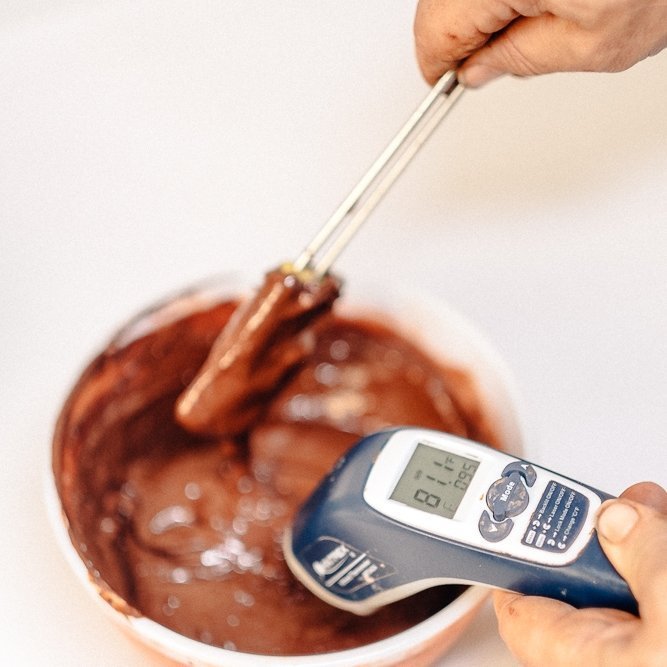
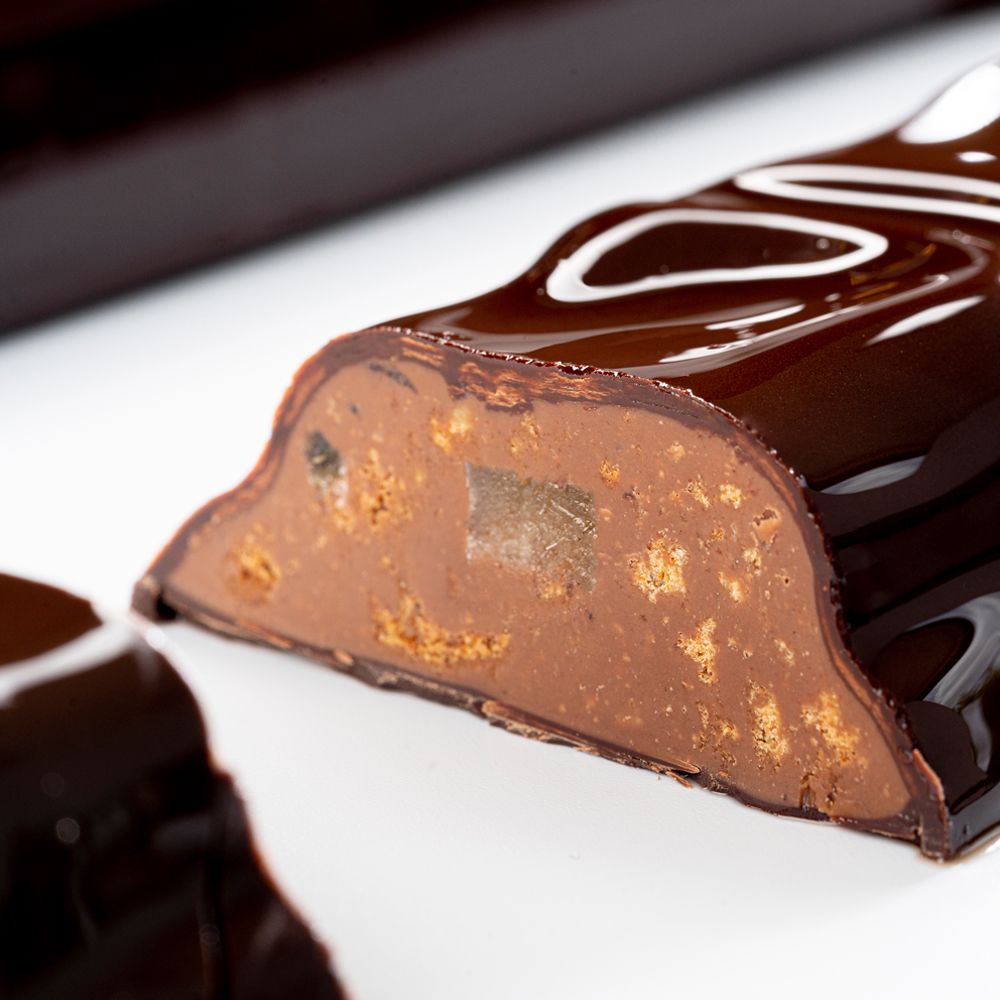
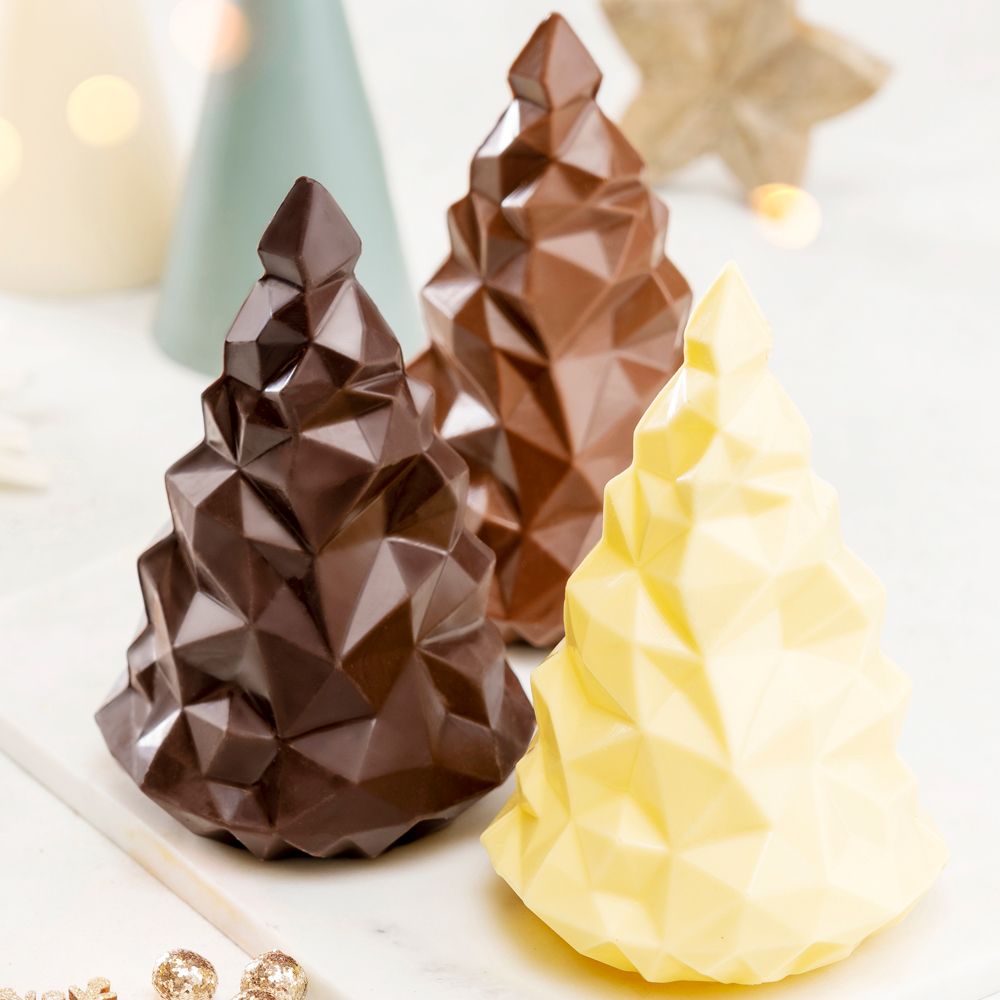
Chocolate Tempering Tools and Techniques
Visual Guide to Perfectly Tempered Chocolate
Discover Couverture Chocolate
Indulge in our extensive range of premium chocolate products and mouth-watering recipes. Whether you’re a home baker or a professional chocolatier, our selection is sure to inspire your next creation. Click below to explore the finest chocolates and confections the world has to offer.
